The Death of the Question
<< Back to the articles
When did taglines stop asking us to think?
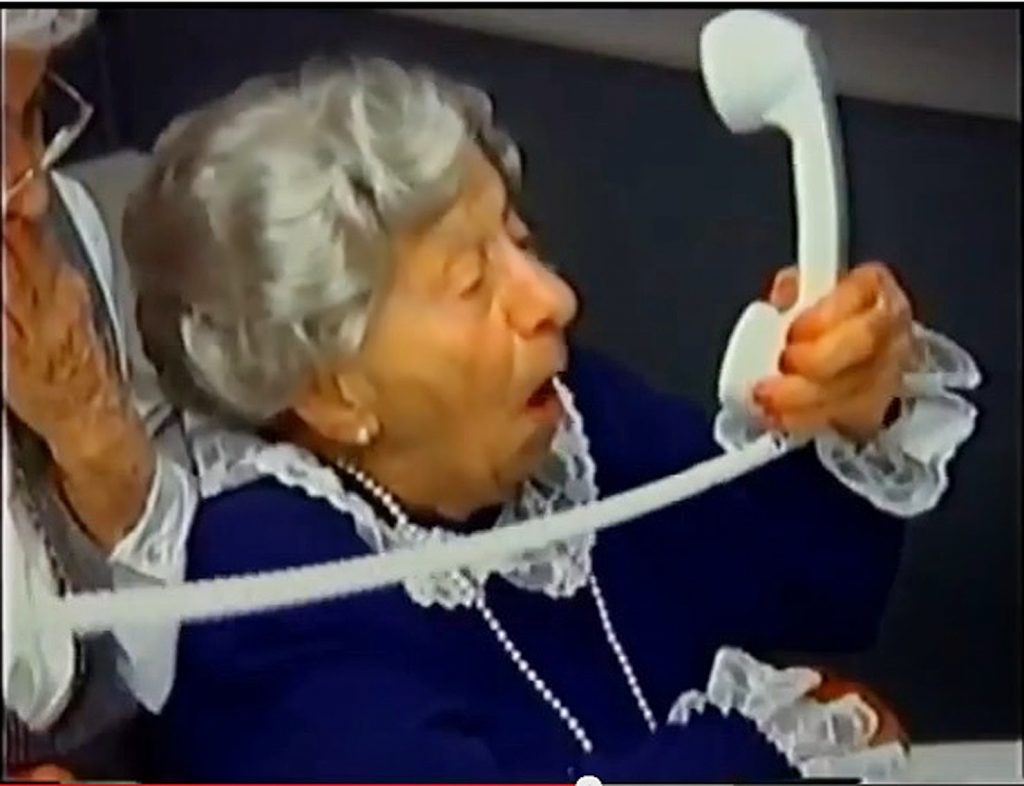
Taglines and slogans try for a lot of different things. Some tell you who the brand is. Some tell you who you are. Some tell you what to do. Or how to do it. And some even let the customer do the talking – as with “I’m lovin’ it” by McDonald’s.
For a few years, I’ve been analyzing taglines with my students to better understand the various ways in which brands speak to their audiences. At first, I compiled about a hundred of the most celebrated taglines and slogans of all time – basically the ones hailed in those “best of” lists by the likes of Ad Week and Advertising Age.
While exploring the different approaches, I became curious about what, if anything, might have changed over the years. So I decided to compare these mostly older classics with a second sample group: the big brands of today, based on Forbes’s list of most valuable brands.
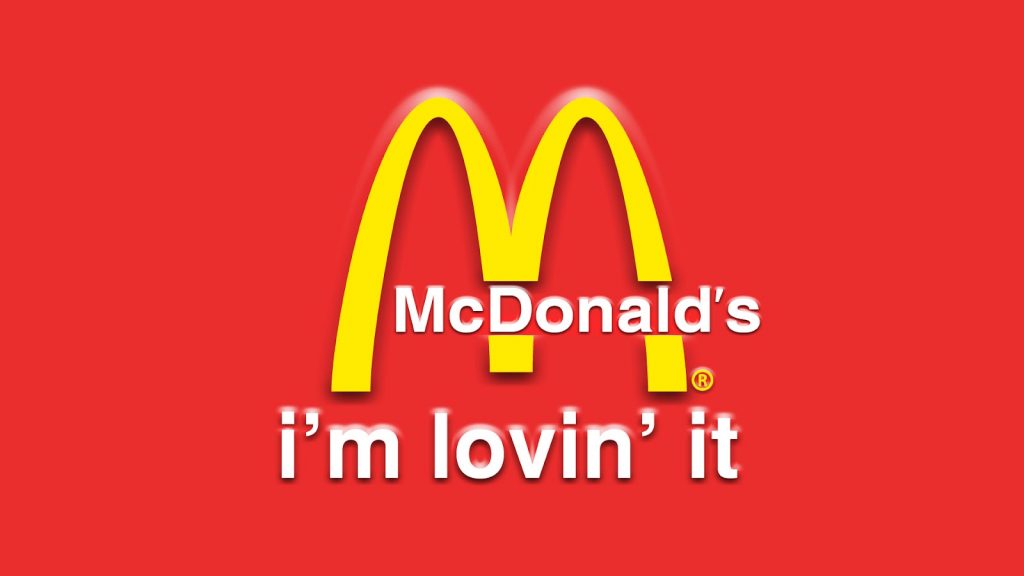
Granted, this is not a perfect apples-to-apples assessment. And I do realize there’s some gray area between taglines and slogans (quite often, campaign slogans become taglines). The idea wasn’t so much to conduct an in-depth study but rather to put together enough then-and-now samples to see how the trends might have evolved.
So what has changed between the all-time classics and the modern-day giants?
In some ways, not much. The average tagline is still about four words long. And the average number of syllables between these two sample groups is almost identical at 6.2. (Walmart’s “Save Money. Live Better.” represents the typical size and format.)
There was, however, one blaring omission: questions! Where the heck did they go? Not a single brand from the Forbes list asks a question in their current-day tagline.
Taglines stopped asking questions
Why? Do they assume we don’t have time to think? Do they even want us to?
Rhetorical questions are an effective way to make readers doubt, contemplate and wonder. And this is true way beyond marketing.
American academic Michael J. Marquardt once said, “Questions wake people up. They prompt new ideas. They show people new places, new ways of doing things.” And Irish novelist Joseph O’Connor had a similar take: “The quality of a question is not judged by its complexity but by the complexity of the thinking it provokes.”
Makes sense, right? Just think about it… Which of these is most likely to get your brain juices flowing…?
“You should get life insurance” or “Are you really ready to die?”
“Save $500” or “What would you do with an extra $500?”
The assertive statements might get you to click and convert. But the questions put you in a problem-solving mindset and force you to ponder. Taglines are not about direct-response gimmicks. They’re about planting ideas into people’s heads. Questions help do that.
While question taglines were always a minority, they were some of the most memorable catchphrases in history.
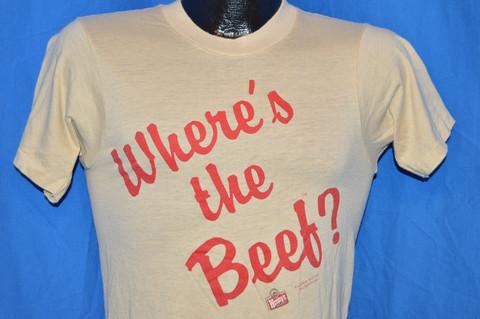
In the golden age of advertising, Clairol famously incited women to question each other’s natural hair color by asking “Does she or doesn’t she?” (Dye her hair, that is.)
In the 1980s, Wendy’s made us wonder, “Where’s the beef?” coining what might be the single most famous brand question of all time.
The California Milk Processor Board constantly badgered us about our fridge contents with “Got milk?”
And when Yahoo! started getting insecure about Google’s rising influence, they had to anxiously check our loyalty with, “Do you Yahoo?” (followed by that annoying yodel that still rings in my ears today).
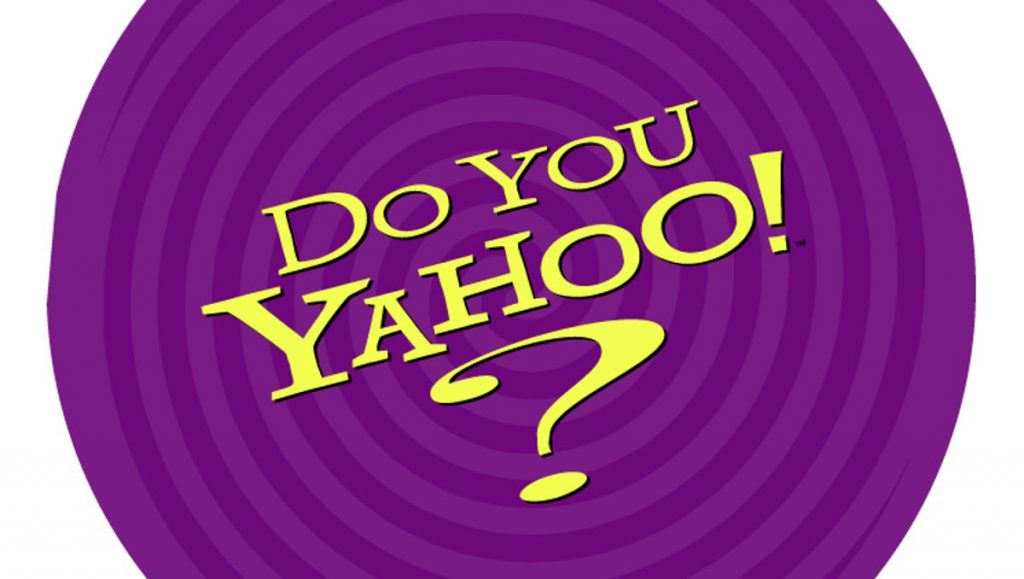
Question taglines were always part of branding. So what happened?
To be clear, I’m not suggesting that no brands ever ask questions anymore. Last time I checked, Capital One is still pestering people about what’s in their wallet. And just in case you tried to brush them off, they hired the unignorable Samuel L Jackson to sit you up straight and make you listen.
Someone added Jackson’s trademark R-rated language in this clip. Wasn’t me.
Sure, some brands are still asking questions. But given the impact of such hugely iconic questions in advertising history, how could it be that not one of the top 50 brands asks a question in any of their current taglines? Not one.
Is it the shoes? (and the Macs?)
To what extent are today’s increasingly assertive taglines overly influenced by two of the most dominant global brands on Earth? Nike and Apple simply told their consumers what to do and how to think. And they did so quickly and poignantly.
Of course, their taglines aren’t new. “Think different” is already two decades old. And when “Just do it” came out, Michael Jordan hadn’t even won an NBA championship yet. However, both mantras had incredible staying power and are still popular today.
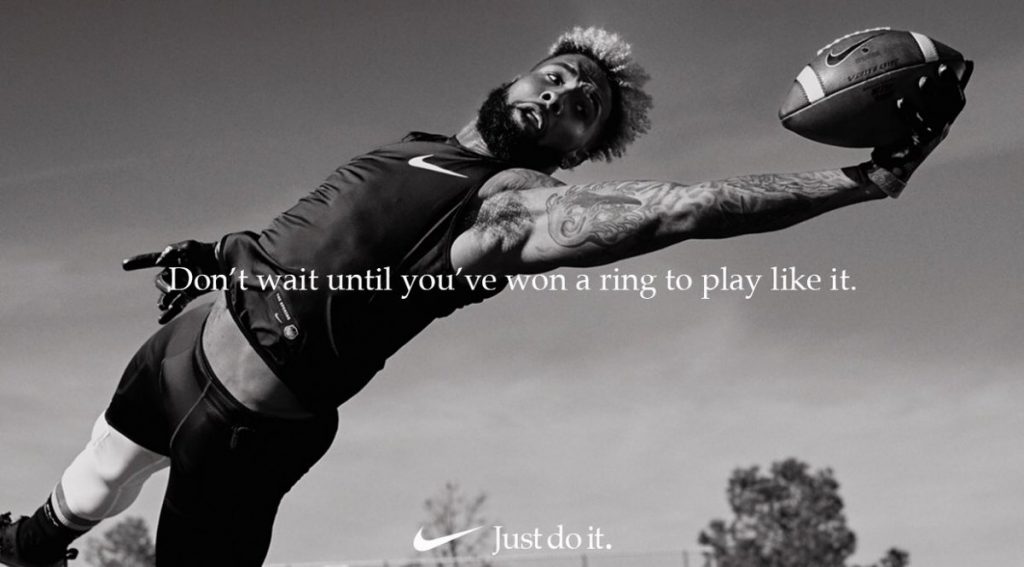
From what I’ve seen in my own client experiences, these two case studies have had a gigantic impact on tone of voice over the past couple decades. The conventional wisdom being, if short and catchy affirmations could work so well for these insanely successful market leaders, maybe we should all be replicating their approach.
Telling people what to do was always commonplace, but it’s much trendier now. Imperative-verb framing – like American Express’s “Don’t leave home without it” – accounted for about a quarter of the classic taglines and slogans I analyzed. Among the 50 most valuable brands today, that portion is around 25% larger.
To see how French taglines measured up, I had a look at France’s most valuable brands, as ranked by marketing-data leader Kantar. And wouldn’t you know it – even in the land of intellectual enlightenment and long-winded philosophical reflection, there was only one question to be found. That was Tefal’s “Comment s’en passer?” which loosely translates as “How can you do without it?”

Personally, I’ve worked on a lot of taglines over the years, but I’ve never been able to sell a question. Often, the client will like the idea, but once they’ve reflected, shared, discussed, re-briefed, shared and discussed some more, the question taglines usually fade away into oblivion – almost always in favor of the beloved three- or four-word assertions.
If you’re a copywriter, marketer or aspiring disrupter, maybe consider a question for your next tagline. At least you’ll stand out. And who knows – you just might make someone think.
In other news: size matters
By the way, while we’re on the topic of tagline insights, here’s another tidbit I find interesting. In most circles of marketing, conventional wisdom posits that shorter taglines are better. Or, if not better, at least preferable. Is it true? Who knows?
Personally, I’ve always been skeptical about such blanket statements. Perhaps they sound better when you read them, but that doesn’t necessarily make them more impactful, much less memorable. Now, I’m not saying taglines have to be long either. It’s just that efficacy is hard to quantify.
So, what types of taglines do people truly remember?
When I begin my class on taglines, I like to warm up the students with a quick game. I split them up into teams and show them brand taglines one by one, and they have to identify the brand that goes with each tagline. It’s a fun exercise, and it’s actually harder than you might think.
It will come as no surprise, they all instantly recognize the mega-stars – e.g. “Because I’m worth it.” But even with their personal and professional interest in advertising, they barely recognize many of the quick and snappy, usually imperative, taglines.
Here are a few…
“Do more.”
“Go further.”
“Good fun.”
“Run better.”
“Rule the air.”
“Make it matter.”
Seriously, no cheating – how many of these did you know? Honestly, five minutes after pasting them from my Excel spreadsheet, I already can’t remember which brands they’re from. And these all come from Forbes’ 50 most valuable brands. And did I mention, I work in advertising?
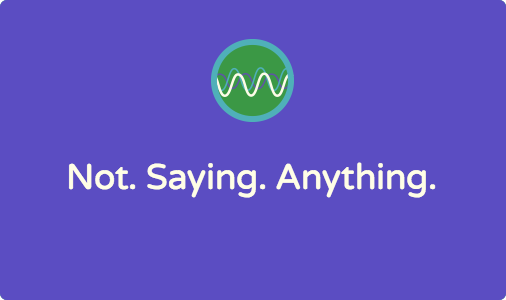
In contrast, would you like to see a few of the wordier catchphrases that many – dare I say, most – people are able to recognize? OK. Ladies and gentlemen, I give you…
“The milk chocolate that melts in your mouth, not in your hands.”
Fourteen syllables and thoroughly recognized worldwide. (Later shortened to just “Melts in your mouth, not in your hands.”)
“There are some things money can’t buy. For everything else, there’s (mm, mm, mm).”
Seventeen syllables and thoroughly recognized worldwide.
And, of course, there is my all-time favorite 23-syllable interrupter of primetime 80s shows…
“The nighttime, sniffling, sneezing, coughing, aching, stuffy head, fever so you can rest medicine.”
Yes, that’s 23 syllables. But to be fair, only people in my age group actually remember this one. But remember it they do.
A dose of vintage Nyquil for the old-timers
So what’s the right answer? Question? Statement? Short? Long? It’s hard to say. There isn’t one cookie-cutter approach to how a brand should speak. One thing is certain though: for better or for worse, as media transforms and brands fight for consumers’ attention, taglines have gotten bossier.
There’s no question about it.